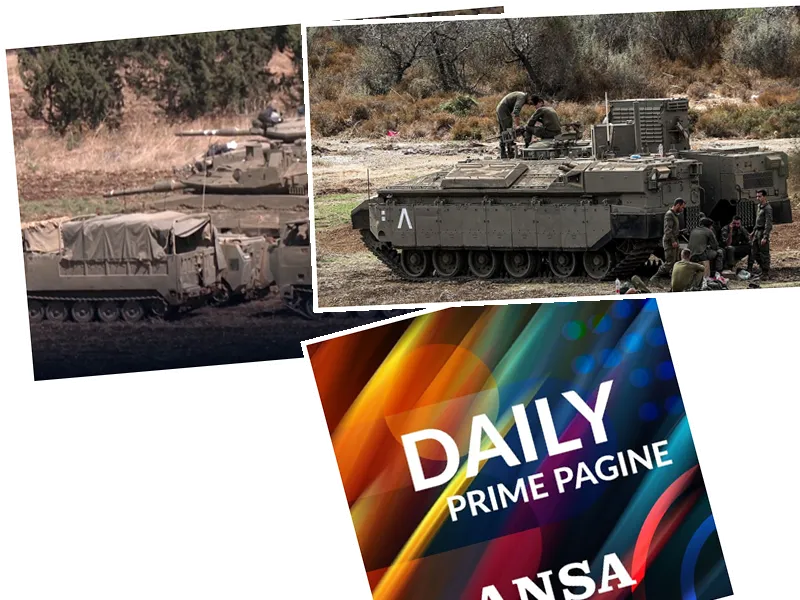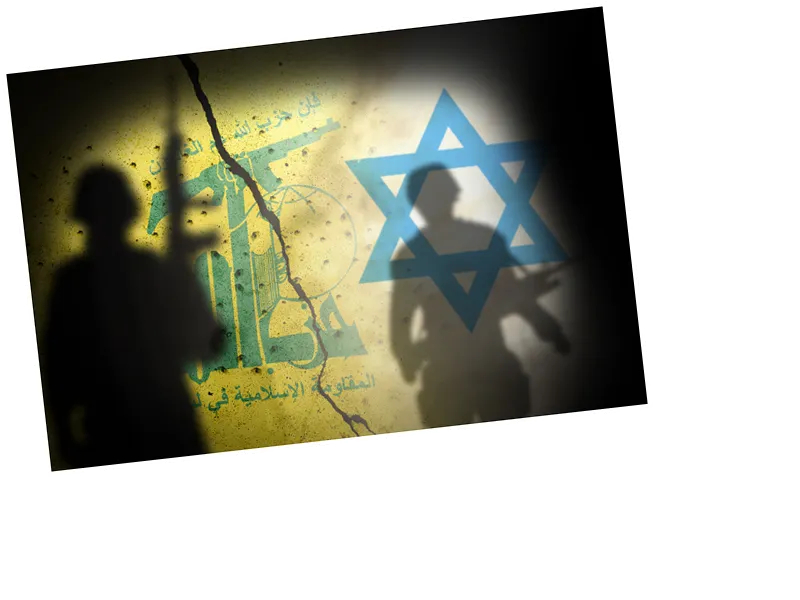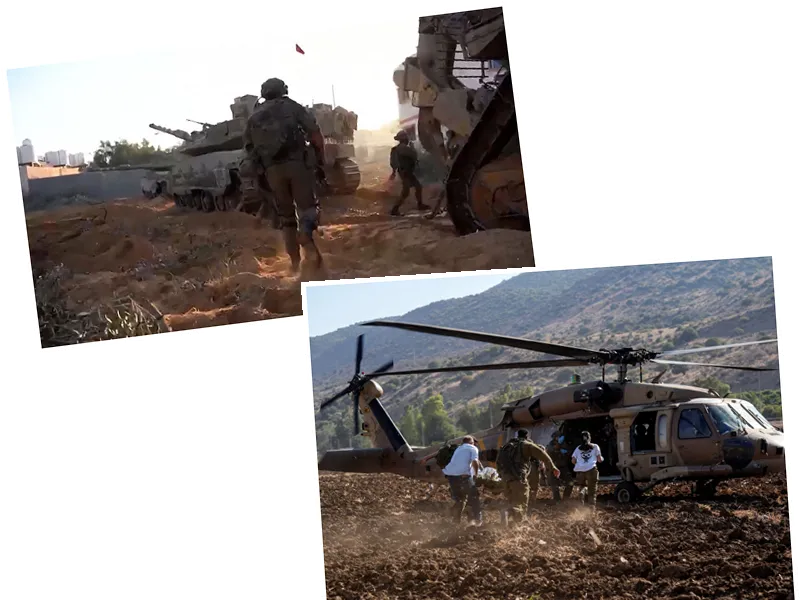The ongoing conflict highlights the strategic importance of the terrain in southern Lebanon, particularly the control of high ground and key access routes which are critical for military operations.
Hezbollah's ability to adapt its tactics in response to Israeli operations demonstrates its resilience and preparedness, complicating the Israeli military's objectives.
The situation reflects a broader pattern of asymmetric warfare, where a smaller, well-prepared force can effectively counter a larger conventional army through strategic positioning and tactics.
As the conflict continues, it is likely that both sides will further adapt their strategies, with Israel potentially increasing its reliance on air power and artillery to minimize ground troop casualties.
Hezbollah's continued resistance may lead to a prolonged conflict, with significant implications for regional stability and civilian safety in southern Lebanon.
The international community may become increasingly involved in seeking a resolution, especially if civilian casualties rise due to the ongoing military operations.
In southern Lebanon, clashes between Hezbollah and the Israeli military have intensified, particularly along the international border. Israel has implemented a series of air strikes as part of a 'scorched earth' policy, prompting mass evacuations in affected areas.
The conflict is divided into three main sectors: the Western Sector, Central Sector, and Eastern Sector, each witnessing significant military activity and attempts by Israel to advance its positions.
Military expert Hassan Johnny notes that the Israeli army began its ground operations ten days ago, initially deploying four military divisions, later reinforced by a fifth. These operations have faced challenges due to Hezbollah's strong defensive tactics, resulting in heavy losses for the Israeli forces.
Hezbollah employs a flexible and decentralized defense strategy, utilizing ambushes and mines, which has forced Israeli troops to retreat in several instances. The Israeli military has shifted its tactics to focus on controlling high ground and using indirect fire rather than direct engagement.






